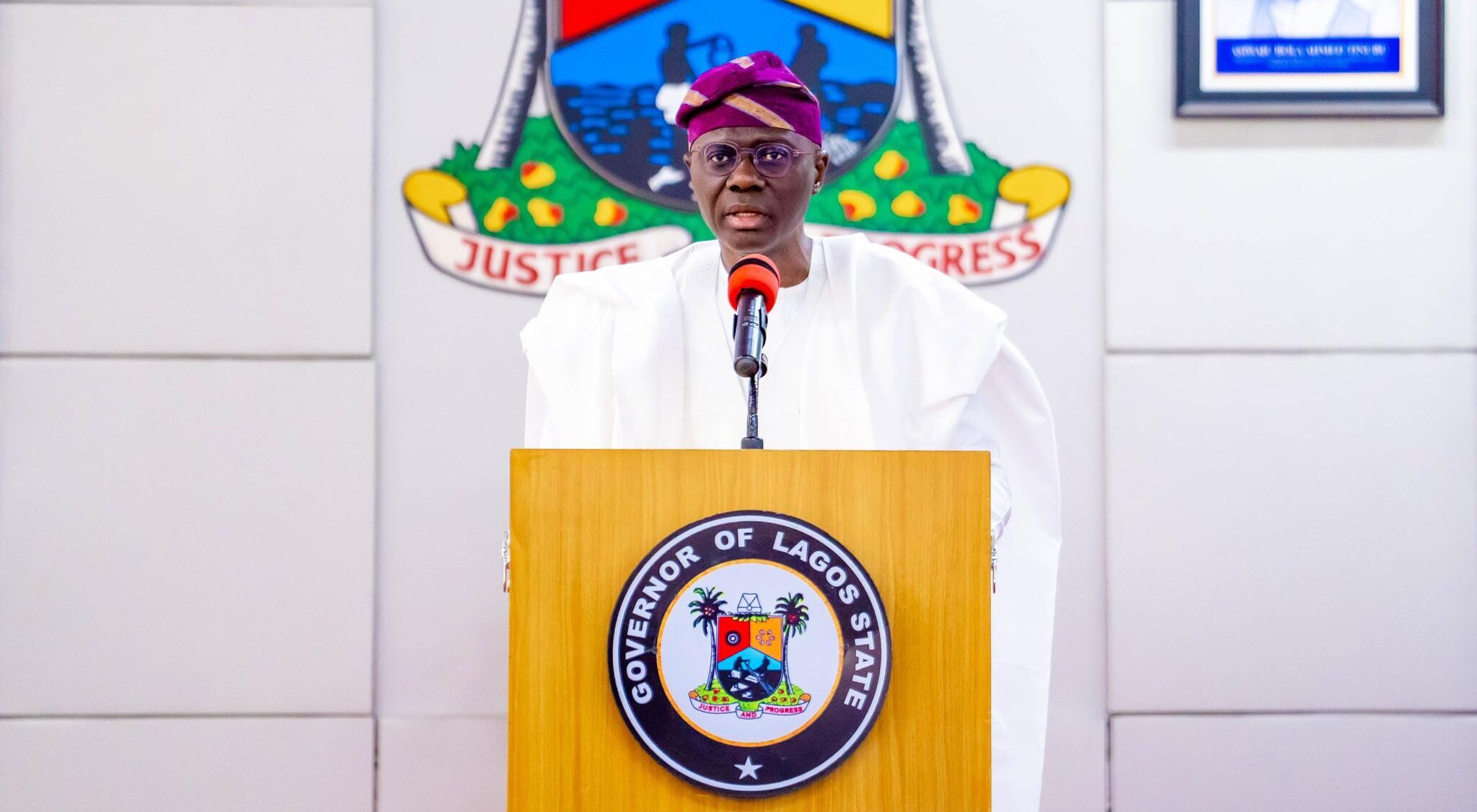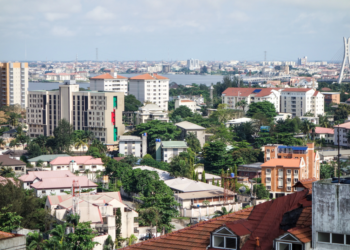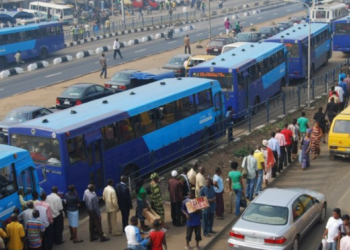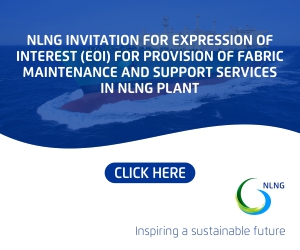Nigeria’s subnational debt profile witnessed a significant shift in 2024, as new data revealed that the combined debt stock of the 36 states declined by a massive 32.32% year-on-year, falling from N5.86 trillion in 2023 to N3.97 trillion in 2024.
The contraction signals a renewed focus by several state governments on debt sustainability, budgetary discipline, and alternative financing models amid growing fiscal pressures.
However, despite this broad-based decline, some states remain deeply entrenched in the country’s debt landscape, either due to existing financial obligations or a strategic push for infrastructure-led growth.
Here’s a breakdown of the top 10 states with the highest public debt stock in 2024 and how they compare year-on-year.
Top 10 Most Indebted Nigerian States in 2024

Nigeria’s commercial capital retained its status as the most indebted state in 2024. While the figure represents a sizable 14.16% drop from 2023’s N1.05 trillion.
The state continues to anchor massive infrastructure projects but has increasingly shifted toward Public-Private Partnerships (PPPs) and concession models to limit direct borrowing. With annual IGR exceeding N500 billion—over 30% of the national subnational total—Lagos possesses a strong repayment capacity.
A robust Debt Management Strategy focusing on refinancing, extending maturities, and avoiding non-strategic borrowing underpinned the debt decline. The Medium-Term Expenditure Framework (MTEF) further ensured that expenditures aligned with revenue forecasts, avoiding fiscal overruns.
Year-on-year debt comparison for all 36 States
The total domestic debt stock of Nigeria’s 36 states experienced a significant contraction of N1.89 trillion in 2024. This 32.32% decline is one of the sharpest annual reversals in recent years and can be attributable to:
- This was driven by improved fiscal prudence, naira devaluation (discouraging foreign-denominated debt), and a pivot to PPPs and multilateral funding models.
- States like Lagos, Ogun, Delta, and Akwa Ibom demonstrated responsible borrowing anchored in revenue growth, debt restructuring, and strategic investment.
- However, Rivers and Enugu raised red flags with their upward debt trajectories, despite fiscal strength or growth plans.
What you should know
- Nigeria’s states are clearly adjusting to a new fiscal reality, where debt sustainability, repayment discipline, and creative financing are no longer optional—they are imperative. While Lagos retains its top spot in debt exposure, seven of the top ten states trimmed their debt profiles in 2024, underscoring a nationwide shift toward fiscal responsibility.
- Yet, states like Rivers and Enugu highlight a contrasting strategy—spending big today to build tomorrow. The ultimate test will be whether these investments deliver returns that justify the risks.
- For lenders, investors, and policymakers, understanding the evolving debt dynamics across states remains key to assessing Nigeria’s broader macroeconomic health.






















